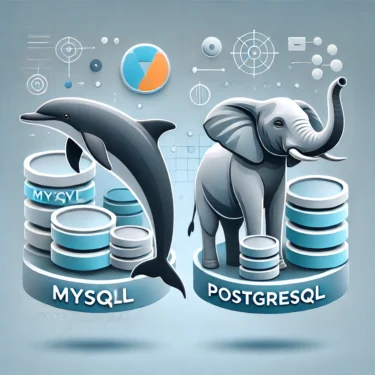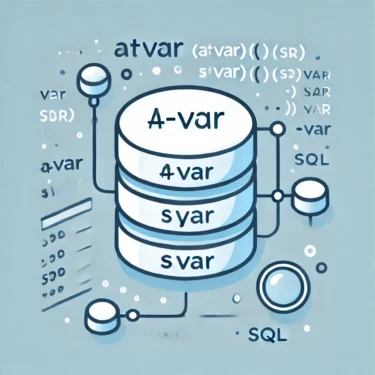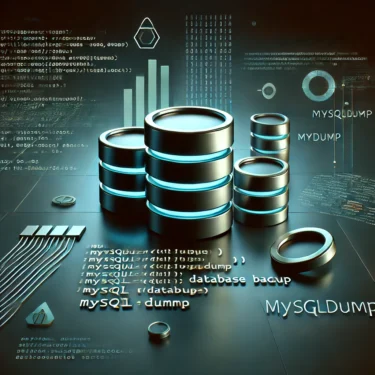1. Introduction
Choosing the right database is a critical decision in modern application development. Among the most widely used open-source relational database management systems (RDBMS) are “MySQL” and “PostgreSQL.” However, which one to choose depends on the size and requirements of your project. In this article, we’ll break down the differences between MySQL and PostgreSQL in simple terms and help you understand their strengths so you can make the best choice.
2. Key Differences Between MySQL and PostgreSQL
Overview of MySQL
MySQL is a fast, lightweight RDBMS designed mainly for web applications. It’s widely used in small to mid-sized projects, blogs, and e-commerce platforms. With its simple architecture and excellent performance, MySQL is beginner-friendly. It also offers both free and paid versions, with commercial support available for enterprises.
Overview of PostgreSQL
PostgreSQL is an object-relational database (ORDBMS) that offers more advanced features than MySQL. It’s well-suited for large datasets and complex query processing, making it a popular choice for large-scale systems like Yahoo! and Facebook. As a fully open-source solution, PostgreSQL allows unrestricted commercial use with minimal licensing restrictions, which adds to its appeal.
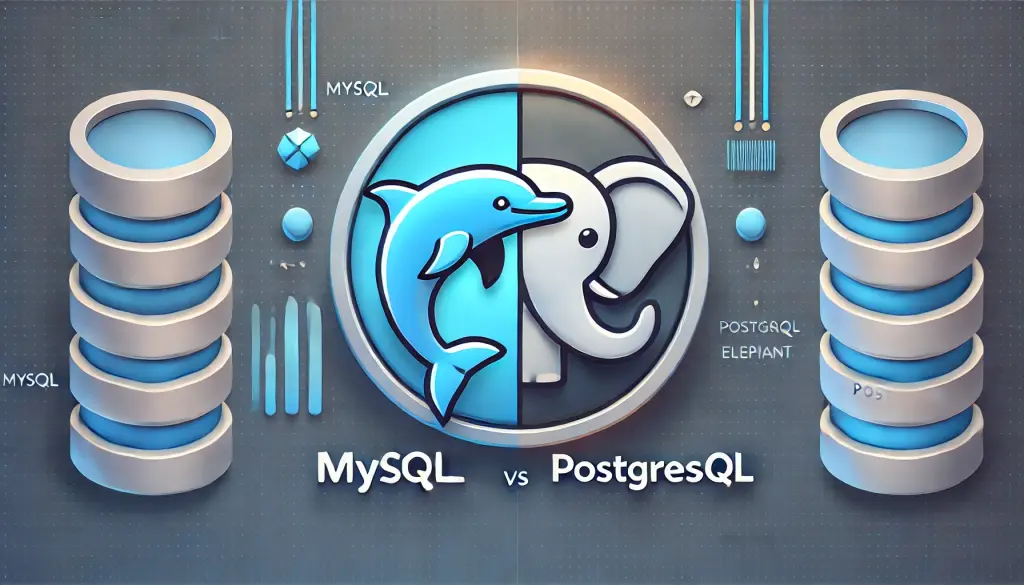
3. Feature Comparison
ACID Compliance and Transaction Management
PostgreSQL is fully ACID-compliant by default, offering strong transaction handling and concurrency control to ensure data integrity. MySQL also provides ACID-compliant engines, but not all of its storage engines meet this standard. For example, the MyISAM engine in MySQL does not support ACID transactions.
Extensibility and Extensions
PostgreSQL is highly extensible, supporting powerful extensions like PostGIS for handling Geographic Information System (GIS) data. You can also easily create custom data types, making it ideal for complex data processing and advanced applications. MySQL, on the other hand, supports multiple storage engines and is sufficient for most web applications, though it is less flexible compared to PostgreSQL when it comes to extensibility.
4. Performance and Scalability
MySQL Performance
MySQL excels in read-heavy workloads thanks to its simple architecture. It performs especially well in small to medium web applications and e-commerce sites where read operations dominate. That’s why it’s the backbone of many popular CMS platforms like WordPress.
PostgreSQL Performance
PostgreSQL shines in handling complex transactions and large datasets. It’s ideal for applications that require strict ACID compliance and high concurrency. While PostgreSQL maintains strong performance with complex queries, it can be slightly slower than MySQL for simple read-heavy workloads.
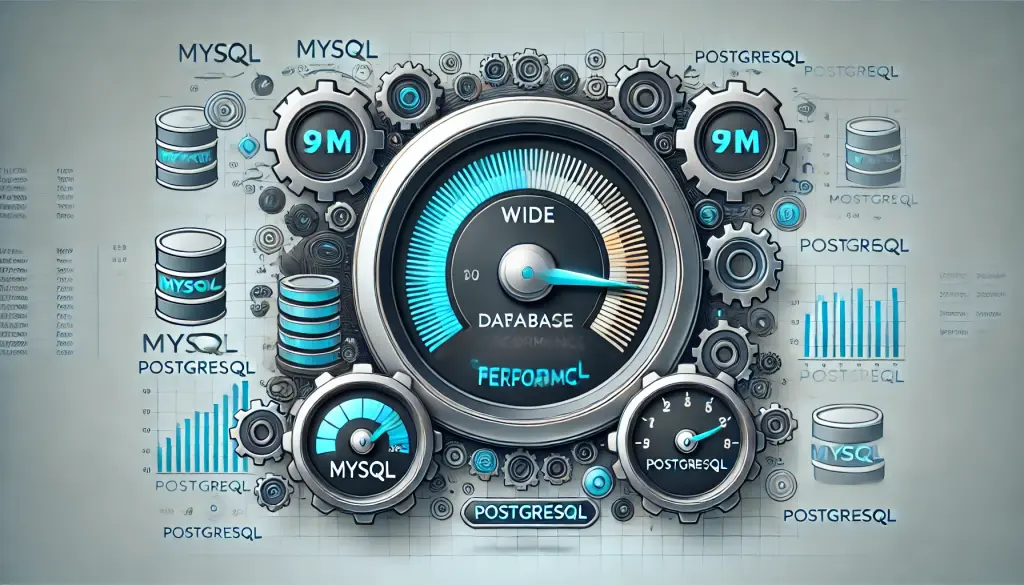
5. Backup and Recovery
MySQL Backup and Recovery
MySQL offers standard backup and recovery tools, available even in the free version. However, community-based support is required for free editions. Paid versions come with 24/7 enterprise-grade support, making them a common choice for commercial use.
PostgreSQL Backup and Recovery
PostgreSQL uses Write-Ahead Logging (WAL) for backups and supports advanced features like online backups and Point-In-Time Recovery (PITR). These capabilities minimize data loss risks while ensuring reliable system restoration.
6. Use Case Differences
When to Use MySQL
MySQL’s lightweight and fast design makes it a great fit for small to medium web apps, blogs, and e-commerce platforms. It’s best suited for systems with simple data operations and read-heavy workloads.
When to Use PostgreSQL
PostgreSQL is ideal for projects requiring complex data operations or managing large datasets. It’s widely used in financial institutions, government systems, and enterprise-level applications. With PostGIS, PostgreSQL is also a powerful option for GIS and infrastructure-related systems.
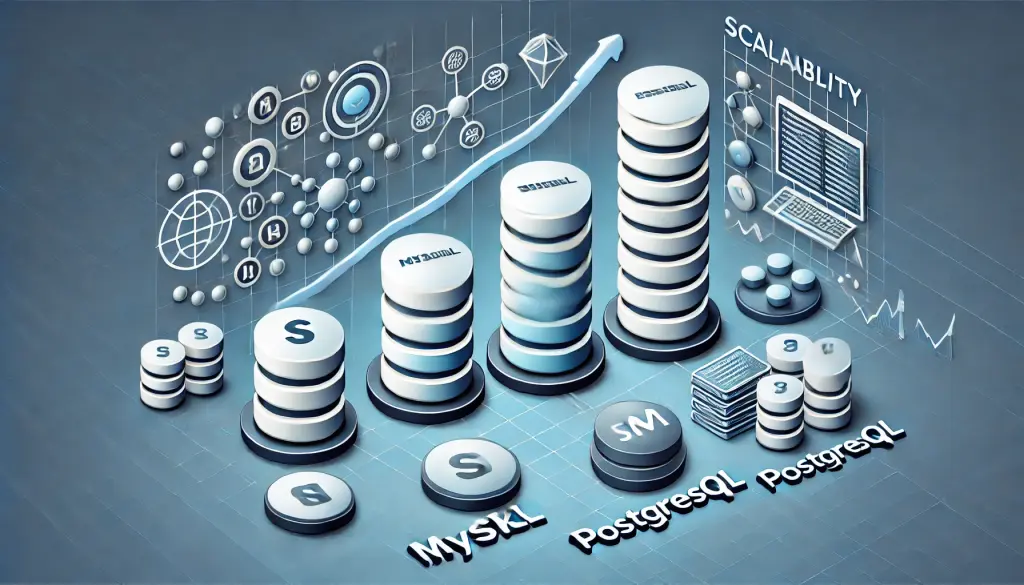
7. Conclusion
Both MySQL and PostgreSQL have unique strengths, and the right choice depends on your project’s requirements. If you need a lightweight, simple system, MySQL is a great choice. If you require advanced features, scalability, and complex data handling, PostgreSQL is the better option. Selecting the right database based on your project’s needs will be key to long-term success.
目次 1 1. はじめに2 2. 前提条件と準備3 3. PostgreSQLのインストール手順3.1 3.1 Post…

